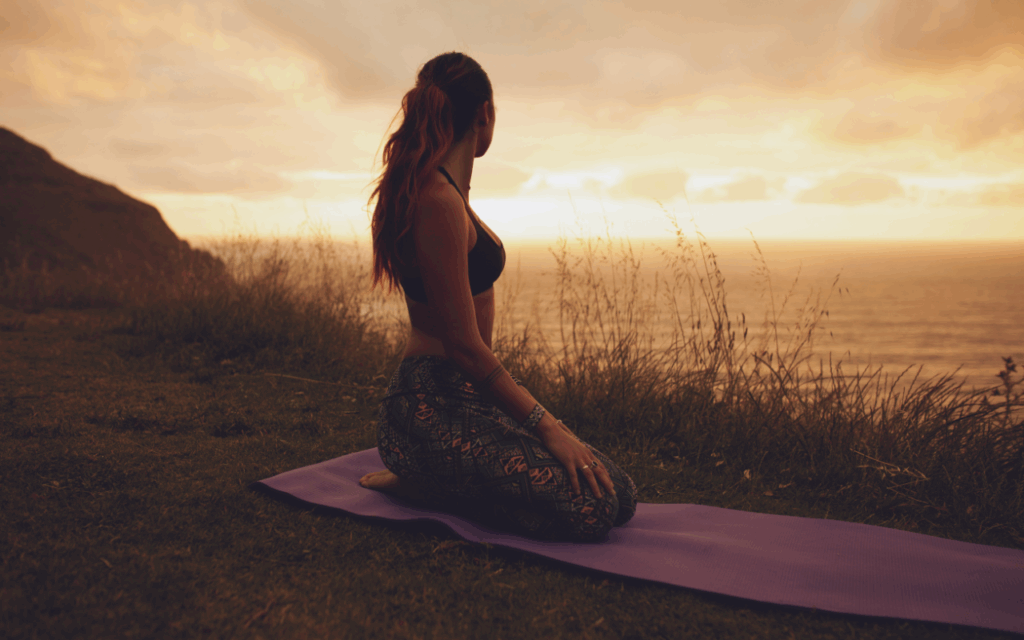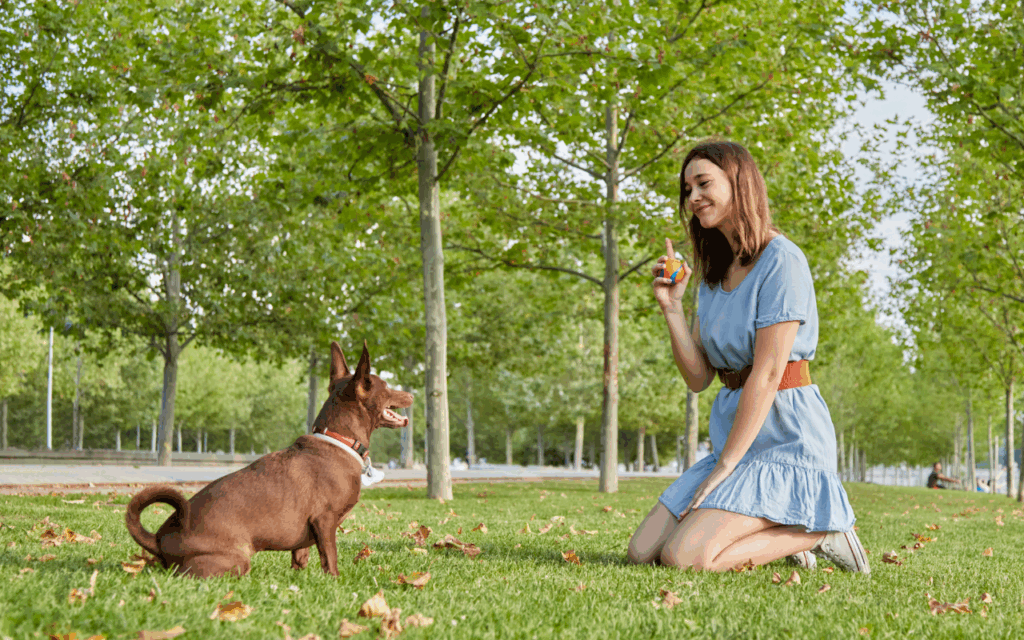How to practice self care in real life

As dedicated veterinary professionals, we often overlook the importance of caring for ourselves. The demanding nature of veterinary medicine requires that we are mindful of our mental and physical wellbeing if we wish to operate at peak capability. And the reality of day to day practice often gives the impression that there isn’t time for self care. Who has time for massages and manicures every day? Who carves out an hour at the beginning of each day for yoga and another at the end for a relaxing bubble bath?
The answer? Not me! And honestly, not anyone I know in real life. Although I certainly encourage you to enjoy these things when you do have time! These are pleasures, but they’re not authentic self care.

The importance of self care
Self care is not a luxury. Nor is it an item that is for sale. Good news—it also does not have a specific time requirement! Self care is a necessity for maintaining our professional effectiveness and personal fulfillment. When we neglect our own needs, we become more susceptible to stress, emotional dysregulation, and impaired judgment.
Incorporating self care practices into our daily routines can significantly enhance our overall wellbeing. Researchers Rock and Siegel pioneered a structure designed to cultivate and sustain wellness by consolidating and incorporating various insights from neuroscience and psychology research. Today this framework is commonly referred to as the Seven Essential Activities:
1. Sleep
As important as sleep is for the body, evidence suggests that it may be even more critical for the brain. When considering overall brain health, sleep must come first as without it we cannot successfully address the other activities. When we give the brain the rest it needs, we consolidate learning and recover from the experiences of the day. Of the seven, sleep is the only activity that genuinely has a time requirement. An often cited average is 7-9 hours; however, it is essential to know and meet your body’s sleep needs. Adding a nap (even as little as 10 minutes) or an extra 20 minutes to your sleep cycle (or both) can yield major benefits to cognition, emotional regulation, and general performance.
After sleep, the other essential activities are included in no particular order. All are necessary components of mental wellbeing.
2. Physical activity
When we move our bodies, aerobically if medically possible, we strengthen the brain in many ways. We do best when we choose physical activity that we enjoy.
Physical activity can be exercise, but it does not have to be. It can also be taking a moment to stretch before walking into the next appointment, playing fetch with your pup, or tidying around the house.

3. Focus time
When we closely focus on tasks in a goal-oriented way, we take on challenges that make deep connections in the brain. Our capacity to focus requires a highly developed prefrontal cortex and involves multiple functions. One thing we as humans cannot do? We cannot multitask. I know, I’m sorry! Truth is that none of us can multitask although some of us can switch tasks very quickly. How well that works out depends on a variety of factors.
Most veterinary professionals have plenty of opportunity to fit in focus time. The key here is not to carve out more time, but to intentionally focus only on the task at hand as you’re doing it.
4. Play
When we allow ourselves to be spontaneous or creative, playfully enjoying novel experiences, we help make new connections in the brain. Play is essential not only for children but also for adults. The National Institute for Play suggests that play is wellbeing and offers resources to help you find your particular Play Nature. Dr. Stuart Brown, an expert in play throughout the lifespan, defines play as “a state of mind that one has when absorbed in an activity that provides enjoyment and a suspension of sense of time.”
Because play is very personal, how we prioritize play looks different from individual to individual. It may be a joke with a colleague in the hallway, creating a video for social media, or a walk outdoors after work. If it has been some time since you invited play into your life, there’s a helpful resource to help you identify the ways in which you are most comfortable engaging in play.
5. Connection
When we connect with other people, ideally in person, and when we take time to appreciate our connection to the natural world around us, we activate and reinforce the brain’s relational circuitry. We need day to day soft connections with colleagues and grocery store staff as well as at least one deep, intimate emotionally connected relationship.
Connection often blends nicely with one or more of the other activities. We can play and connect or enjoy physical activity and connect or even blend all three if that suits us. We can also connect with both humans and animals in deep and meaningful ways.

6. Time in
When we quietly reflect internally, focusing on sensations, images, feelings and thoughts, we help to better integrate the brain. Relaxation is one component of Time In and is characterized by decreased sympathetic nervous system activation, which lowers the heart rate and muscle tension. Mindfulness or Present Moment Awareness is a second component of Time In. Mindfulness has been described by Jon Kabat-Zinn as “paying attention in a particular way: on purpose, in the present moment, and non-judgmentally.”
Time In can be a part of traditional mindfulness practices like meditation and yoga. It can also be very small intentional practices like progressive muscle relaxation, taking a deep breath every time you touch your stethoscope, or being fully present for your cup of coffee each morning (my personal favorite).
7. Down time
When we are non-focused, without any specific goal, and let our mind wander or simply relax, we help the brain recharge. Down time is literally being un-goal-focused; intentionally having no intention.
Down Time is perhaps the easiest to fit in and the most challenging to incorporate! Down Time can be allowing our mind to wander while we wait in line, ending the day with a couple of minutes enjoying the sunset on the back porch, or relaxing in the shower (instead of mentally relitigating yesterday’s conflict).
Together, let’s prioritize our wellbeing and create a more sustainable and fulfilling path on our veterinary journey. The Seven Essential Activities aren’t tasks to be added to our to do list. Instead they are the very small choices we make in the time we already have.